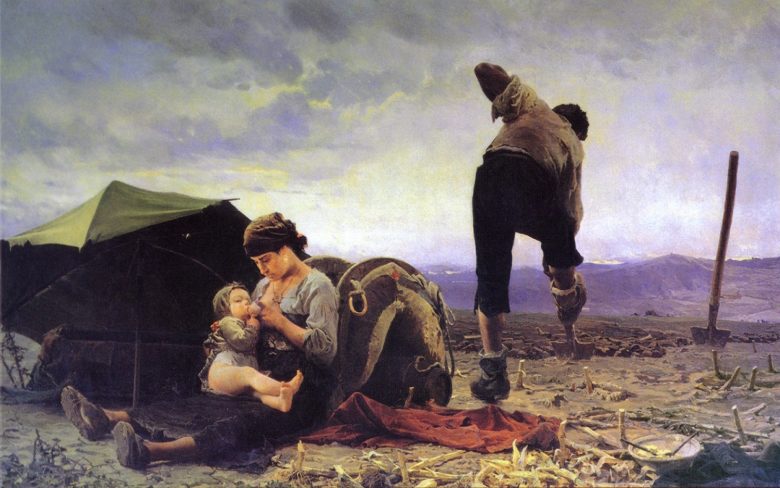The Sicilian style Day of the Dead, where present meets past
In Sicily the Day of the Dead consists of an occasion to remember one’s dearest and to feel them close once again through a tradition transforming the sadness for loss and the fear of death into a celebration
As the writer Andrea Camilleri wrote in his tale The Day The Dead Lost Their Way Home, the night between November 1st and 2nd the Dead came back to their home. “Mind you that they were not ghosts in white sheets followed by rattling chains nor those who frighten people, but, as you can see in the photographs exhibited in the living room, peaked people with half a smile on their faces and their formal clothes. They were not different from the living”. Theirs was a long-awaited visit by children, who put their baskets under the bed after reciting the nursery rhyme “Holy souls, holy souls / I am one and you are many / While I live in this world of pain / Bring me gifts from the Dead”. They were excited to discover which gifts they would have found the next morning, when would have woken up and started their treasure hunt for toys and sweets carefully hidden within the house. “At a certain point, well-groomed and dressed, children used to go to the cemetery to greet and thank the dead with their family. For us kids it was a celebration, as we swarmed along the paths to meet friends and schoolmates, asking each other about the gifts the Dead had brought us”.
SWEET TRADITIONS. Among the most popular gifts, toys and sweets ‘from the Deadʼ, some are culinary. “The sugar puppets ‒ Camilleri wrote ‒ were never missing. They usually depicted a bersagliere with a trumpet in his mouth or a colourful ballerina in a dance step”, not to mention the colourful Martorana (marzipan) fruits made of almond paste that decorated the shop windows all year round. Very popular has always been the so-called Bones of the Dead, very sweet and crunchy biscuits, the tetù or totò (whose name means ʻone to you and one to meʼ lso known as bersaglieri) with their round or elongated shape and their chocolate or regina variant (the latter covered with lemon white icing). Sicilians also like the mustazzola, some sweets based on vin cotto (mulled wine) covered with sesame seeds (ciciulena in Sicilian dialect), while some typical pastries from Catania are the ʼnzuddi, flat almond and honey sweets with an almond in the middle, whose name would derive from Vincentian Nuns, that would made and offer them to Messina after the earthquake of 1908. From the Etna area come also the Rame di Napoli, a probable food version of the copper coins minted during the Kingdom of the Two Sicilies, and which are cocoa soft cookies covered with chocolate (classic version), that you can also find in some modern variants such as the pistachio one.
Translated by Daniela Marsala


